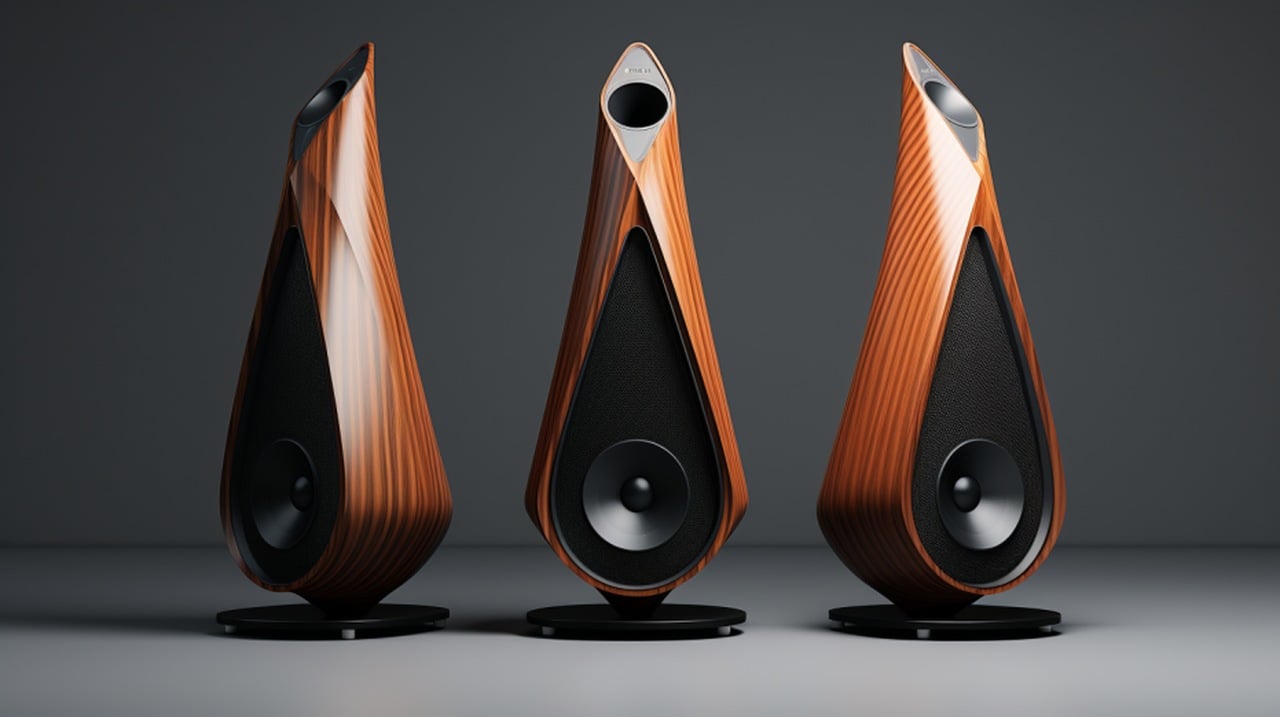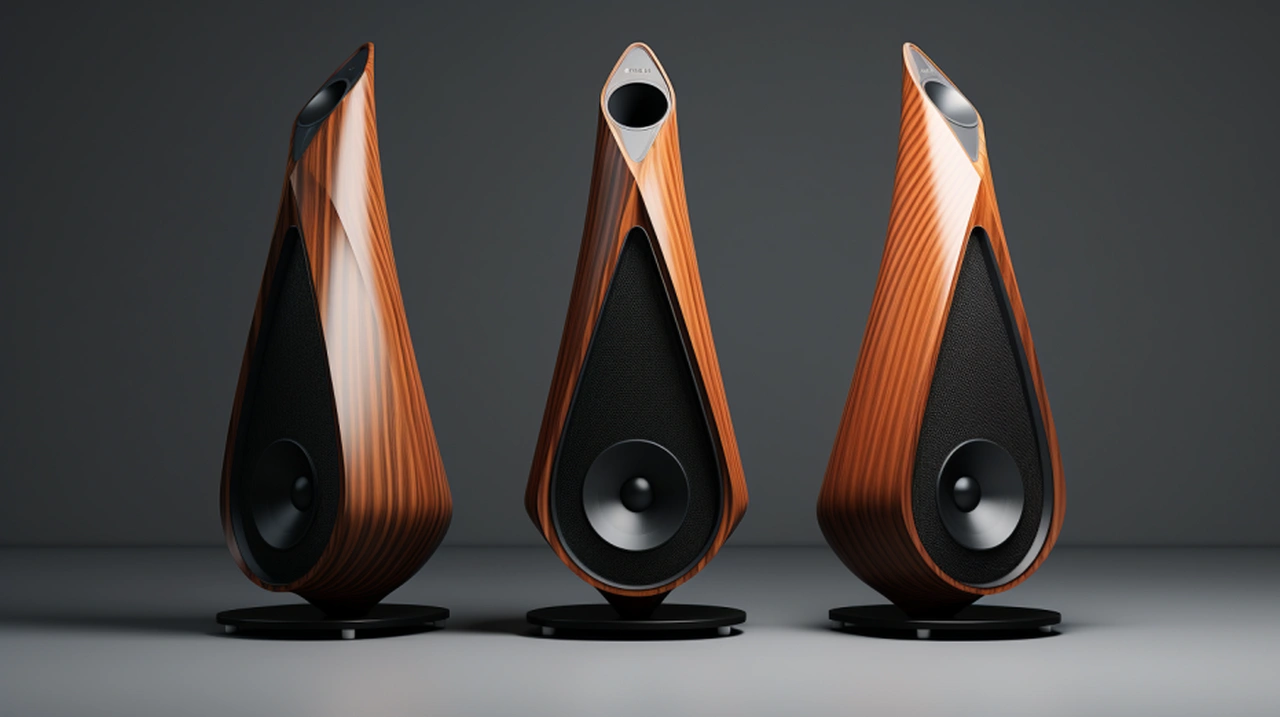
The use of Artificial Intelligence (AI) into 3D product design is increasingly impactful, especially during the initial stages of image creation, brainstorming and conceptualization. A variety of AI art generators such as Midjourney, Stable Diffusion, and DallE 3, along with chatbots like ChatGPT, offer a quick way to produce a wide array of design concepts. Unique functionalities like the ‘chaos’ prompt in Midjourney are particularly useful for generating unconventional and imaginative designs. Using higher chaos values can lead to even more innovative and unorthodox ideas, challenging the norms of traditional design.
3D product design involves crafting a three-dimensional model of a tangible item, usually with specialized software applications. Unlike its 2D counterpart, 3D design takes into account depth in addition to width and height, offering a more complete view of the object. This approach is essential in multiple industries, including automotive, aerospace, consumer electronics, and furniture.
The end goal is often to create a comprehensive concept and final design, before the product makes its way through to manufacturing. In recent years 3D printing has revolutionized how 3D design prototypes and mockups can be created as well as final parts using materials such as carbon fiber, aluminum, nylon and more. In the near future, automation could enable a seamless transition of initial AI-generated design concepts directly into CAD software, where they could be transformed into final manufacturing specifications and forwarded to the production line.
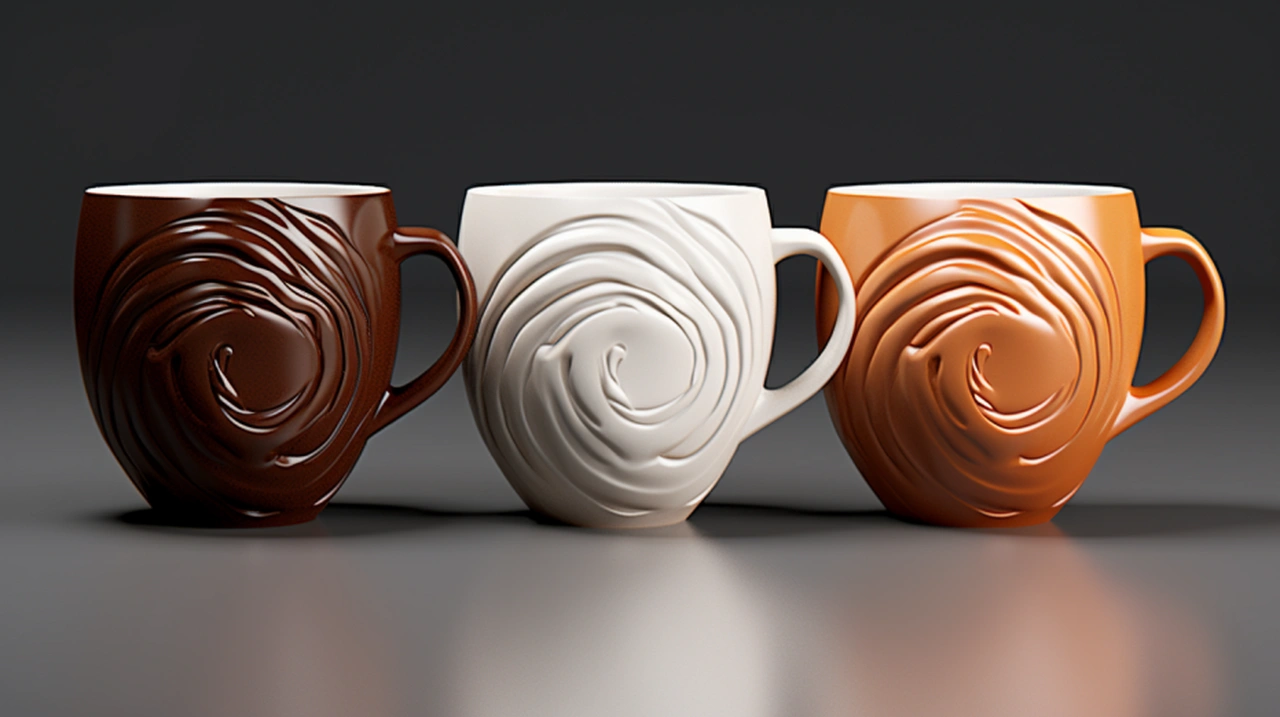
It’s crucial to note that AI-generated designs serve as a starting point rather than a final product. These initial concepts speed up the sketching and brainstorming stages but ultimately require human finesse for refinement. Tools like ‘remix’ and ‘vary area’ in platforms like Midjourney facilitate iteration on AI-created designs, especially when specific features, such as awkward edges or corners, need revisiting.
One of the significant benefits of 3D product design is its capacity for swift prototyping. Designers can nimbly cycle through multiple iterations of a product, adjusting dimensions, materials, and other attributes in a digital environment before moving to physical production. This efficiency conserves both time and resources, allowing companies to expedite their time-to-market. Additionally, 3D models facilitate easy sharing among different teams or organizations, enhancing collaborative endeavors and minimizing misunderstandings that might arise from 2D representations.
Using AI for 3D product design
Once the design direction is solidified and the concept clarified, the role of AI diminishes. While AI can quickly help define the design brief, it isn’t well-suited for delivering a product that meets all manufacturing, cost, and user-experience criteria. At this stage, more traditional design tools take over, though some AI-powered generative design tools may still be useful for specific tasks, such as material optimization or stress testing. Essentially, AI is currently most effective at expediting the initial stages of the design process, offering a plethora of ideas for inspiration and potentially guiding designers toward innovative solutions they might not have considered otherwise.
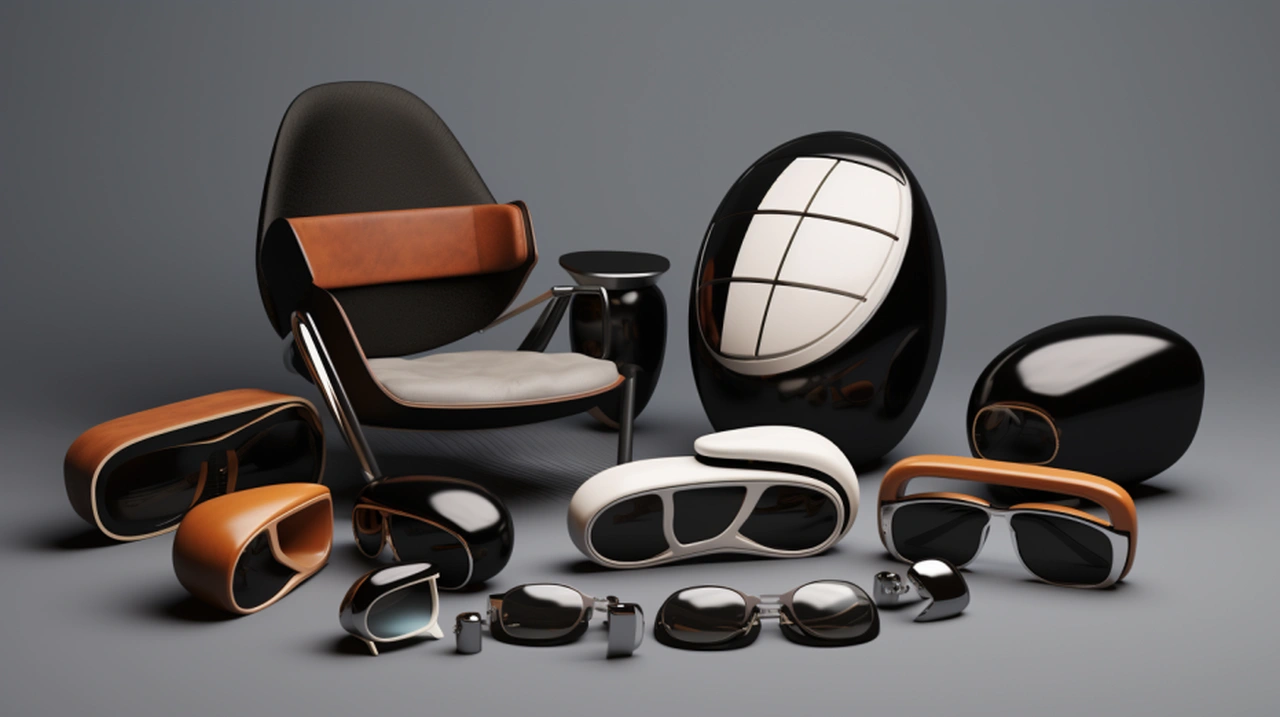
How AI can be used in 3D product design
- Automation and Efficiency: One of the most immediate impacts of AI is the automation of routine tasks. For instance, AI algorithms can automatically generate design options based on certain criteria, saving time and freeing up designers to focus on more complex aspects of the design process.
- Generative Design: This is an AI-powered technique where the designer inputs specific design goals and constraints into the software, and the AI algorithm generates multiple design possibilities that meet these criteria. This approach can explore a much larger design space than a human alone and can result in innovative and often unexpected solutions.
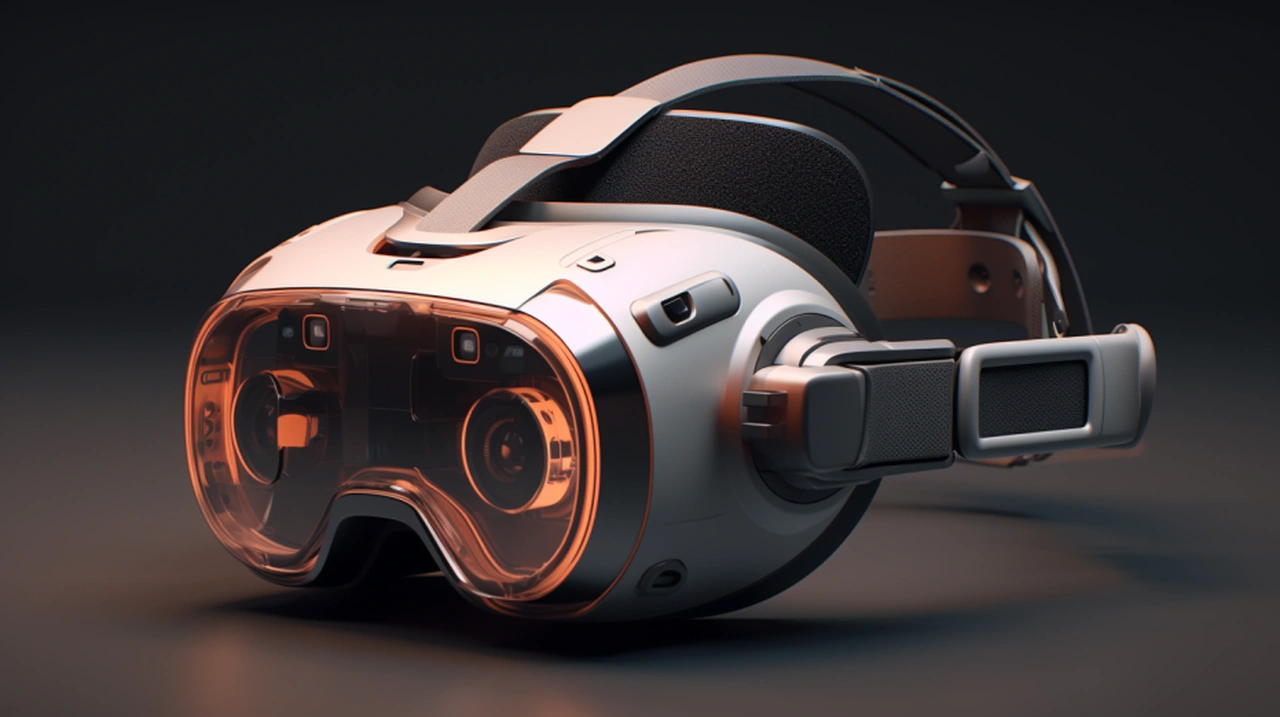
- Material Optimization: AI can analyze various material combinations and their impact on product performance in real-time. This can lead to designs that make optimal use of materials, reducing waste and lowering costs.
- Simulation and Testing: AI algorithms can quickly simulate various operating conditions to test how a product will perform. This accelerates the iterative process of design, as designers can quickly make adjustments based on reliable predictions.
- Customization: AI enables more efficient customization of designs, allowing for products that can be more easily tailored to individual customer needs. Machine learning models can predict customer preferences based on past behavior, allowing for more personalized design options.
- Collaboration: AI can act as a collaborative tool between different stakeholders in the design process. For example, natural language processing can convert spoken language into design parameters, making it easier for non-experts to contribute to the design process.
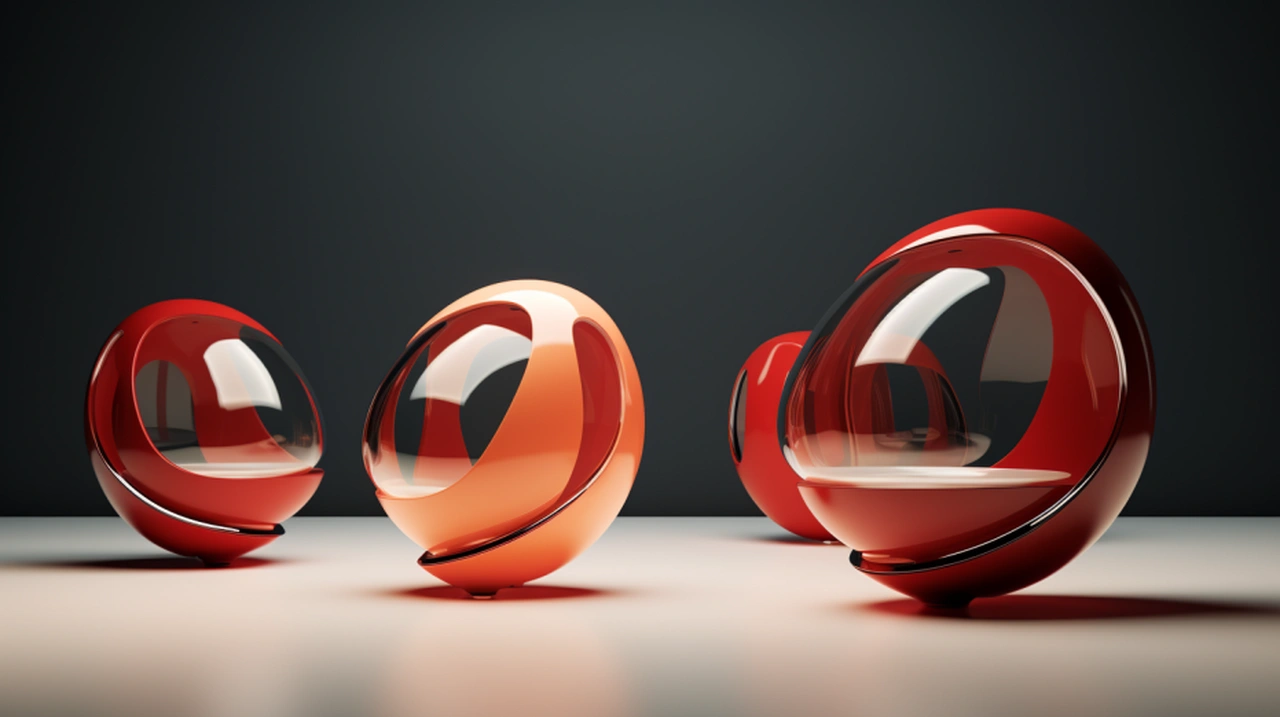
- Quality Control: Machine learning algorithms can be trained to spot inconsistencies or defects in 3D models that might be missed by the human eye, thereby improving the quality and reliability of the design.
- Supply Chain Integration: AI can also extend its capabilities beyond design to include real-time inventory checks and supply chain logistics, making it easier to go from design to production.
Designers adept at leveraging AI tools are likely to be more employable in the future. The key advantage here is speed and diversity in concepts that can then be refined to a final solution. Each time a prompt is input into an AI generator, a different result is produced, expanding the horizons of what’s possible. These generated concepts can quickly be shared with clients or further refined in software like Photoshop for more realistic presentations.
Filed Under: Design News, Top News
Latest timeswonderful Deals
Disclosure: Some of our articles include affiliate links. If you buy something through one of these links, timeswonderful may earn an affiliate commission. Learn about our Disclosure Policy.

